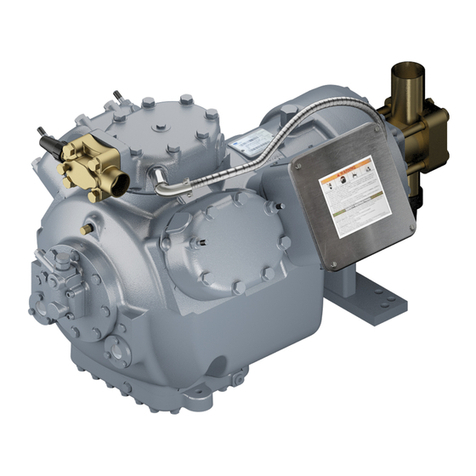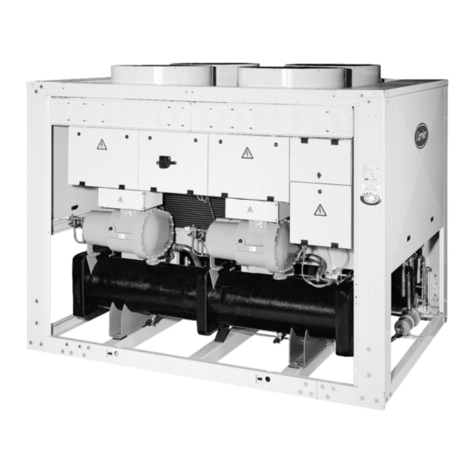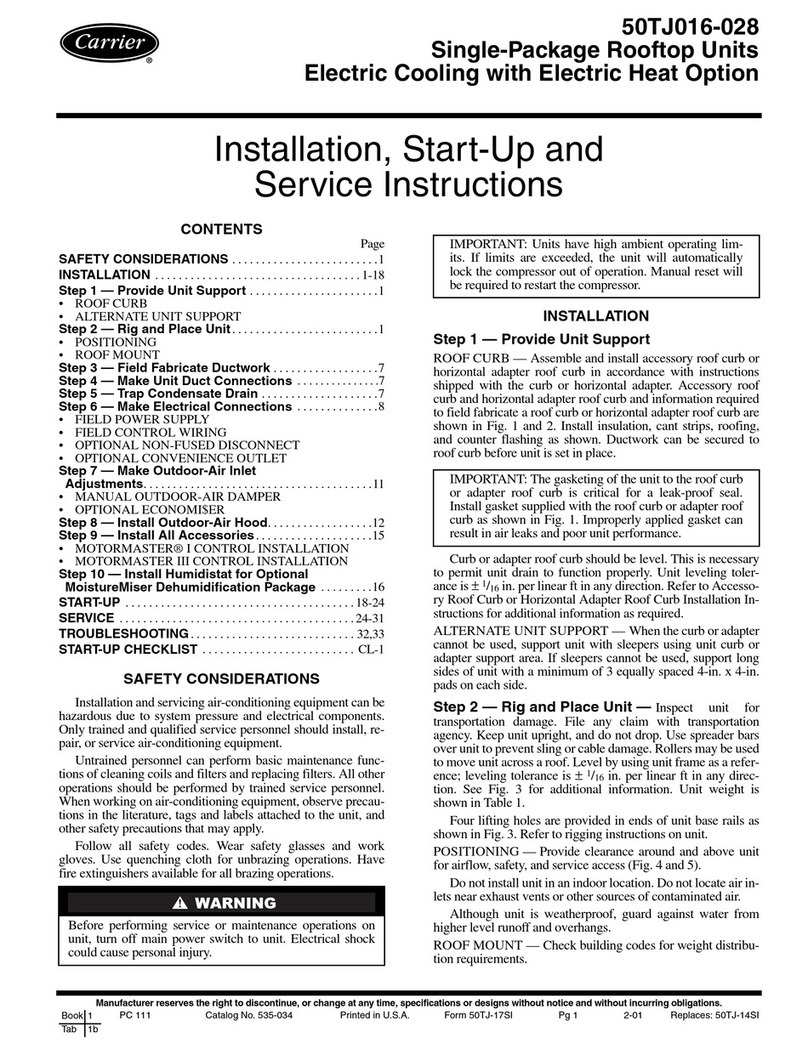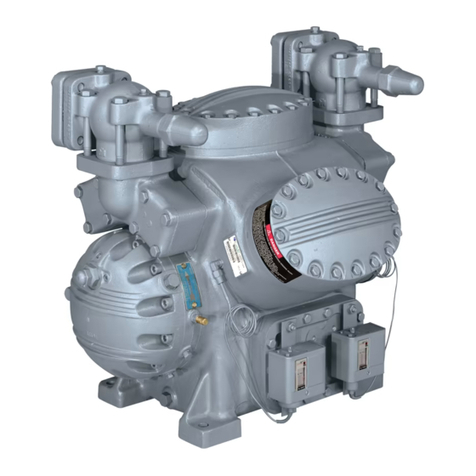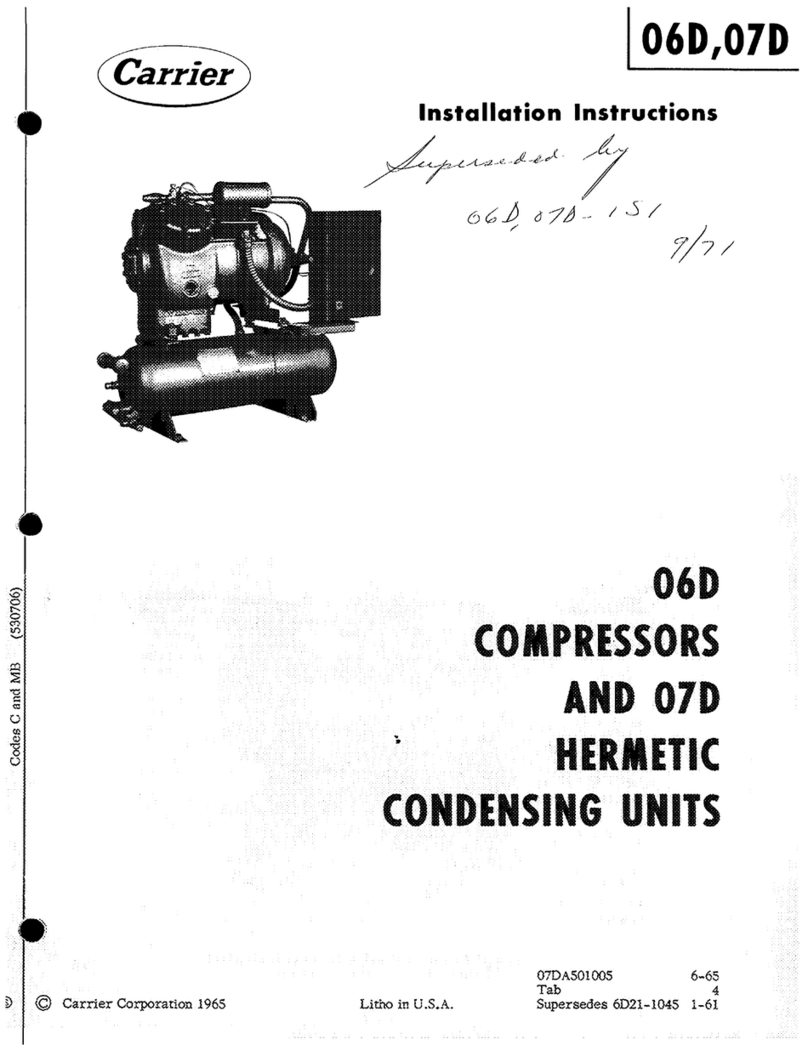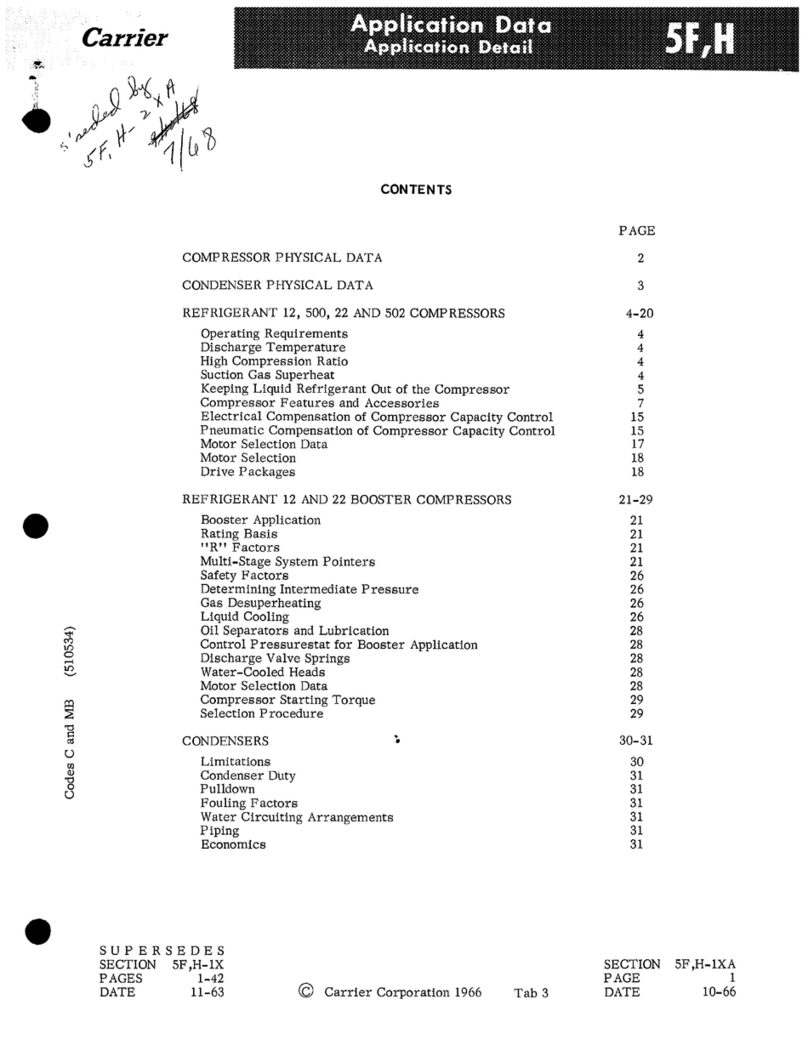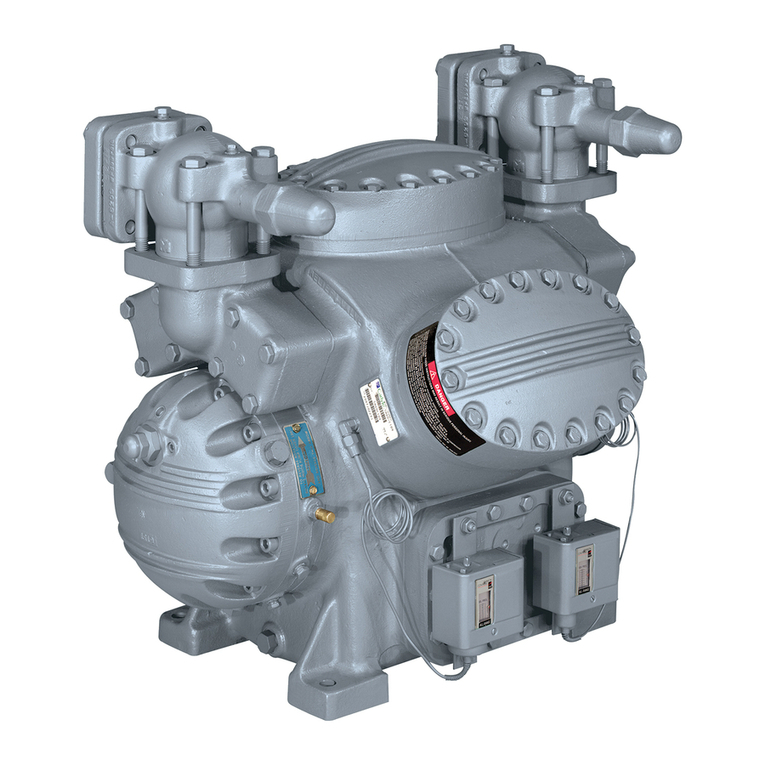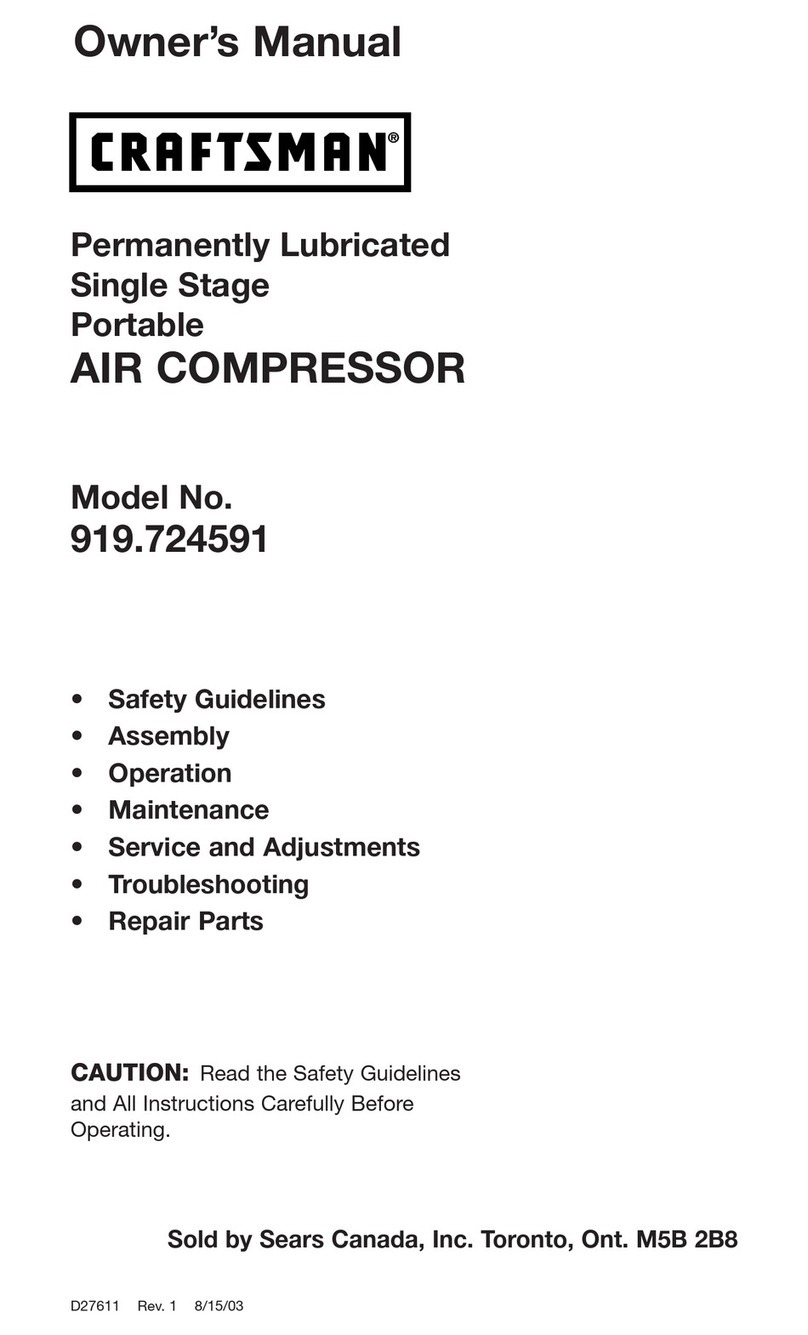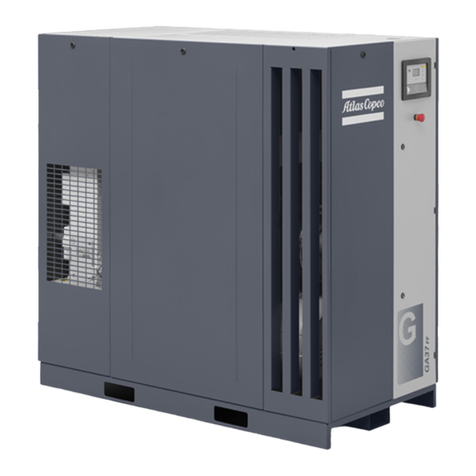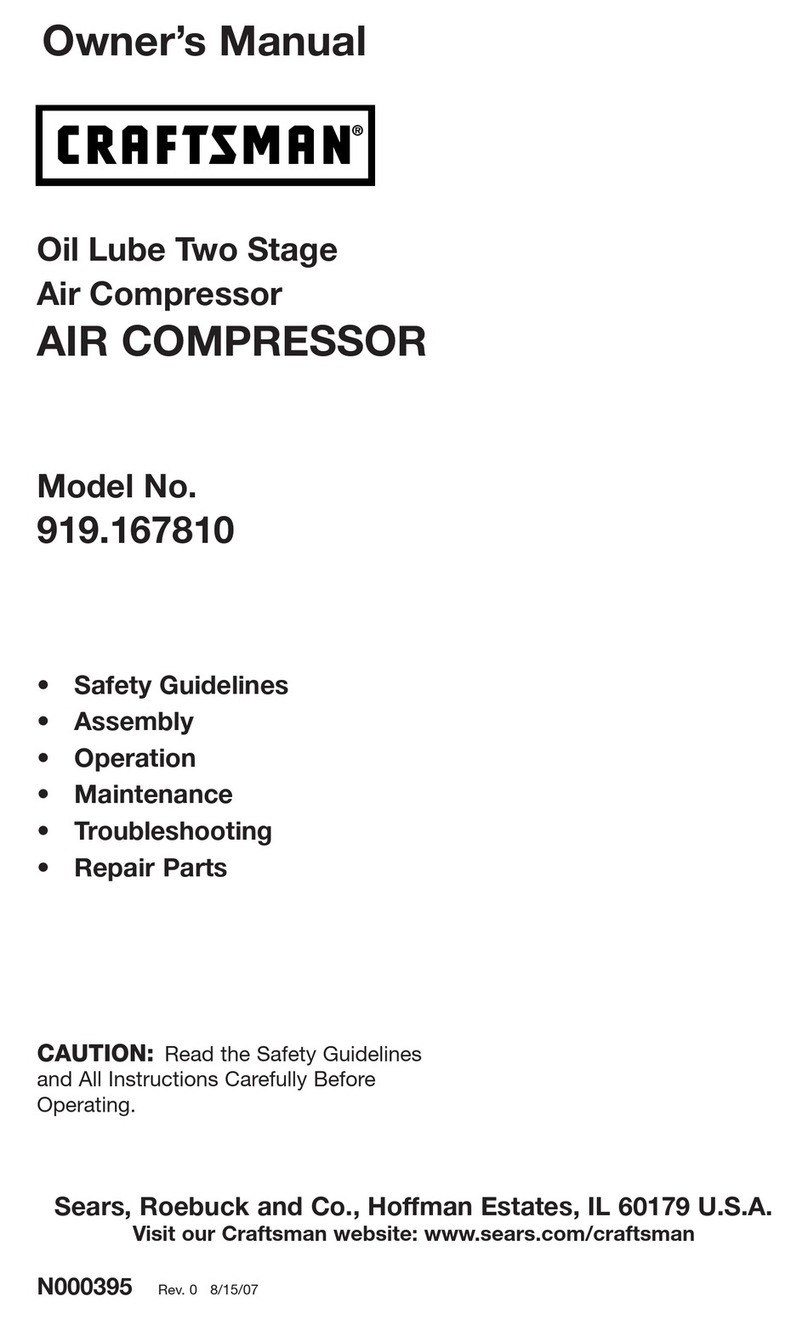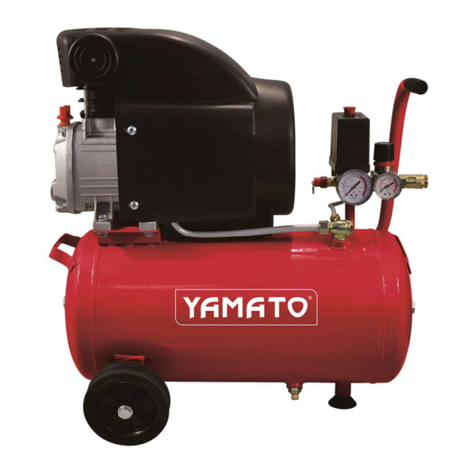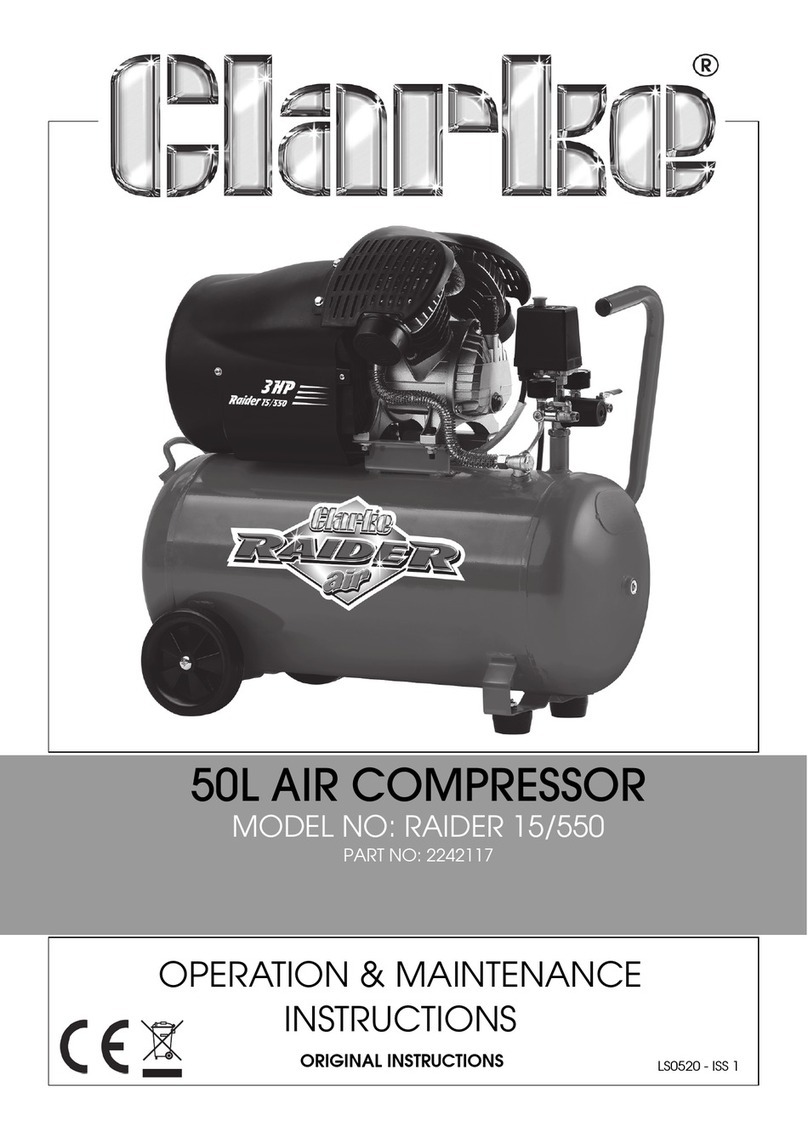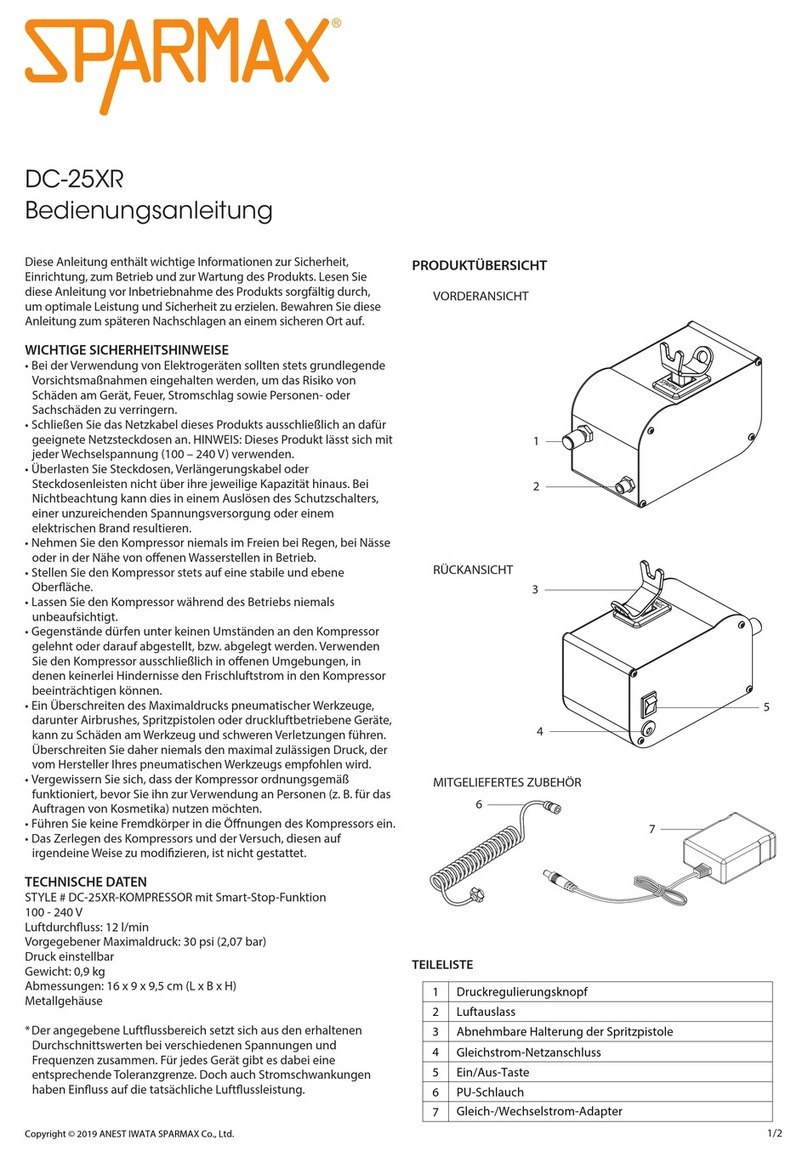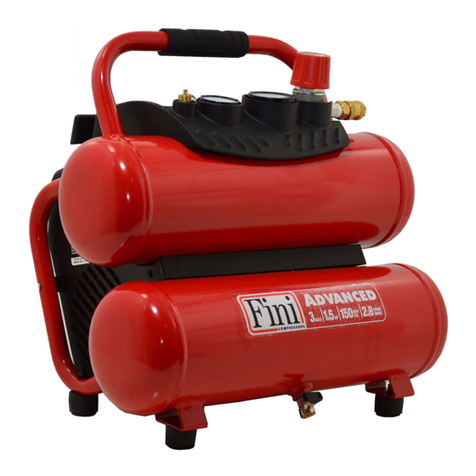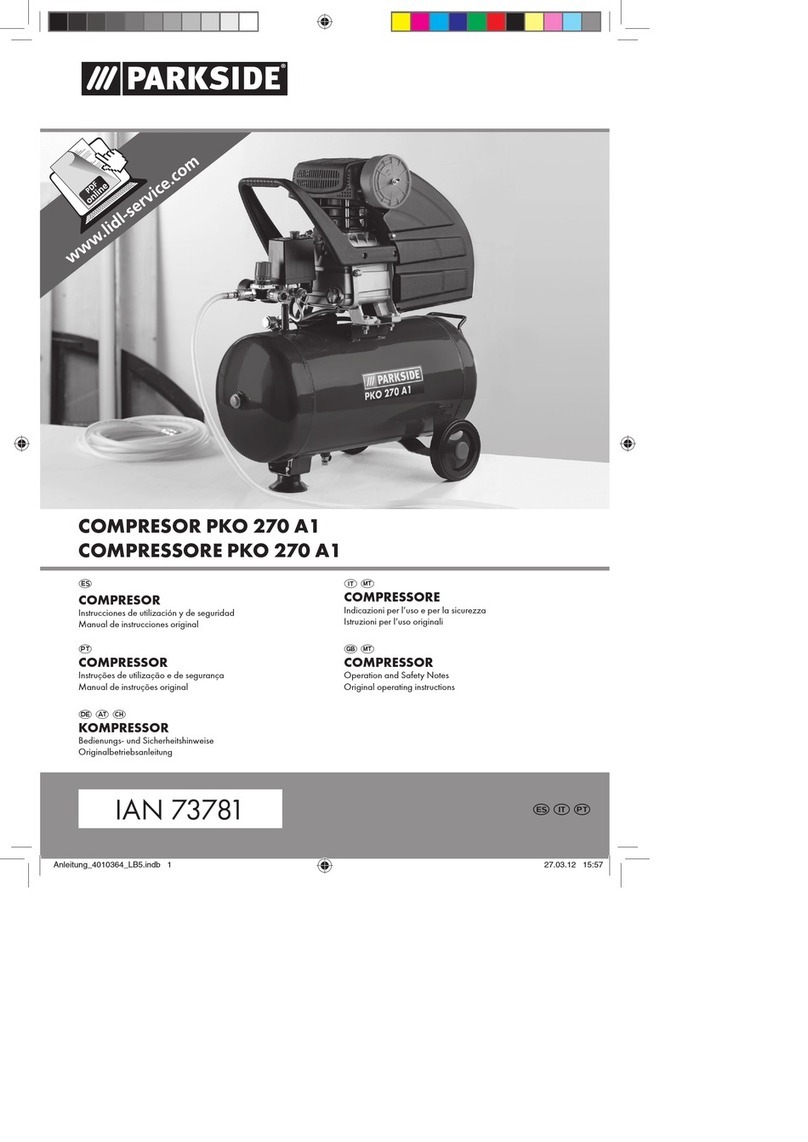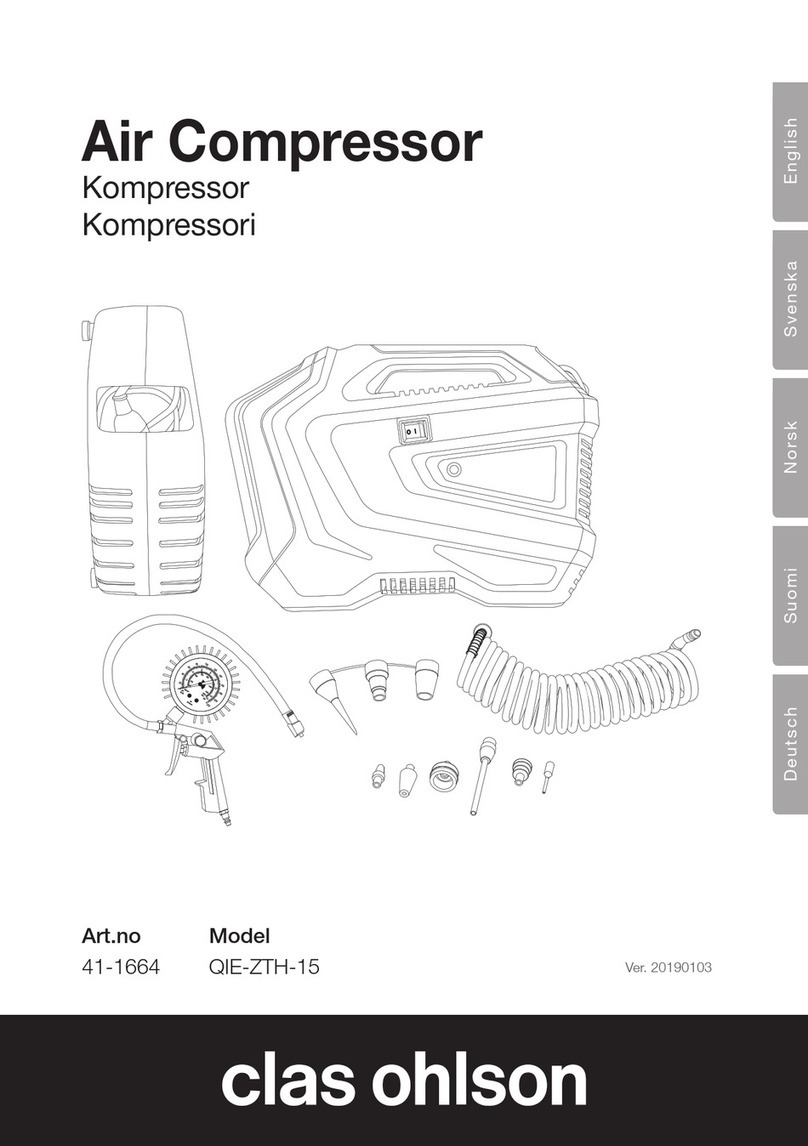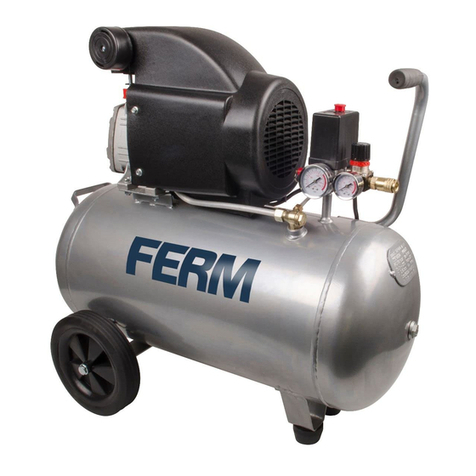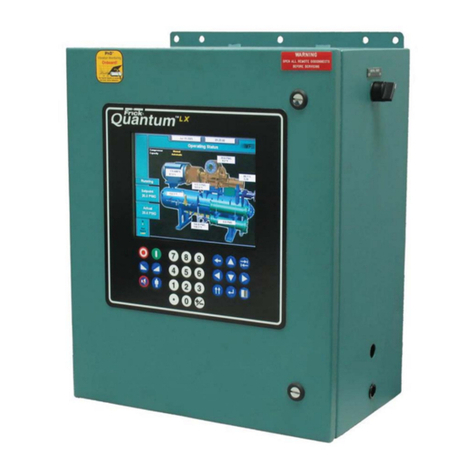
1--1 62--11052
SECTION 1
DESCRIPTION
1.1 INTRODUCTION
This workshop manual covers the Carrier Transicold
Model 05G Twin Port compressors. These
compressors are designed for refrigeration (trailer) or
air conditioning (bus & rail) applications. (See
Figure 1-1) A detailed list of tools needed to service the
05G Twin Port compressor may be found in the Service
Tool catalog 62--03213--. Replacement parts may be
found in the Service Parts List for Model 05G Twin Port
Compressor 62--11053--.
1.2 GENERAL DESCRIPTION
The 05G Twin Port compressors are of the open--drive
reciprocating type. A crankshaft, connecting rods,
pistons, and reed type valves accomplish vapor
compression. Compressor wear is minimized by splash
lubrication and by force feed lubrication. The oil pump is
driven directly from the end of the compressor
crankshaft. (See Figure 1-3)
The end of the crankshaft, which extends outside the
crankcase, is adaptable to a variety of direct drive or
belt--driven clutch mechanisms. A mechanical seal
prevents refrigerant leakage where the rotating shaft
passes through the crankcase. A shaft seal reservoir is
provided to collect any oil seepage that might escape
the seal.
The compressor is equipped with flanges for connecting
suction and discharge service valves. Connections are
also provided for pressure gauges and safety cutout
switches. Sight glasses installed on both sides of the
crankcase, provides a means for checking oil level in the
compressor crankcase. A drain plug facilitates draining
of oil from the crankcase and an oil fill plug enables
addition of oil when necessary. A bottom plate provides
access through the bottom of the crankcase for
maintenance.
WARNING
Do not operate compressor unless suction
and discharge service valves are open.
Capacity of the Model 05G Twin Port compressor is
determined by piston displacement and clearance,
suction and discharge valve size, compressor speed,
suction and discharge pressure, type of refrigerant, and
unloader valves.
1.3 COMPRESSOR REFERENCE DATA
Table 1-1. Compressor Reference Data
Model 05G--37CFM 05G--41CFM
Displacement 37CFM 41CFM
No. Cylinders 6
Bore 50.8 mm (2.00 in)
Stroke 49.2 mm
(1.937 in)
54.36 mm
(2.14 in)
Weight 62 kg (137 lbs)
SPEED (RPM) FOR OIL PUMP
Low Profile 500 to 2200
NOTE
The oils below are suitable for use with
evaporator temperatures above --40°F(--40°C).
Table 1-2. Oils
Approved Oil for REFRIGERATION USE
(TRAILER)
Refrigerant Oil
R--12, R--22, R--500
or R--502
Alkyl Benzene (Synthetic)
P/N 07--00274--00
R--404A Polyolester (POE)
P/N 07--00317--00PK6
Approved Oil for AIR CONDITIONING USE
(BUS AND RAIL)
Refrigerant Oil
R--12, R--22,
R--500 or R--502
Mineral (150 Viscosity)
P/N 07--00275--00
R--12, R--22,
R--502
Mineral (300 Viscosity)
P/N 07--00377--00
R--22 Alkyl Benzene (Synthetic)
P/N 07--00430--00
R--134a Polyolester (POE)
P/N 07--00317--00PK6
NOTE
Proper use and storage of Polyester (POE) type oil used with HFC refrigerants is critical. This type of oil is
extremely hygroscopic, meaning that if allowed to become exposed to the atmosphere, it can collect moisture
that leads to the formation of acids that will damage refrigeration components. Some refrigeration assemblies
such as o--ring assemblies, compressor shaft seals and most solenoid valves require that refrigerant oil be
applied to some of the parts during the assembly process. When this is needed, always use alkylated
benzene oil CTD P/N 07--00274 (Zerol 150) even for R134a or R404A systems. All refrigerant oils must be
stored in a sealed, airtight container.
